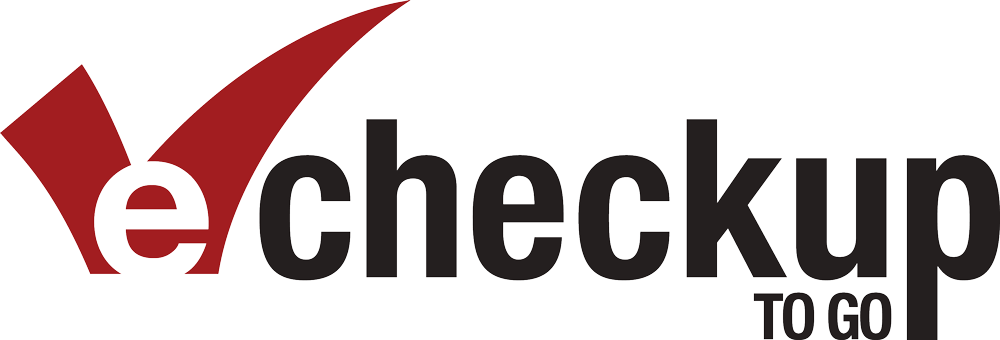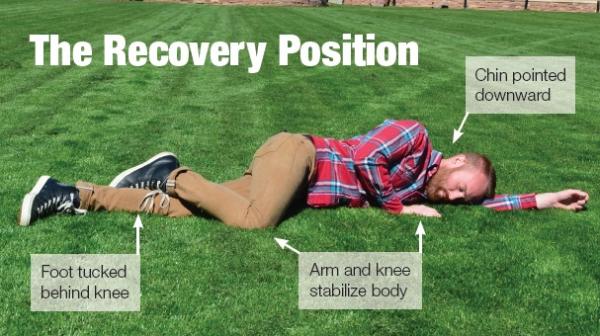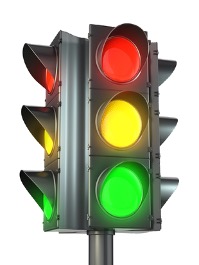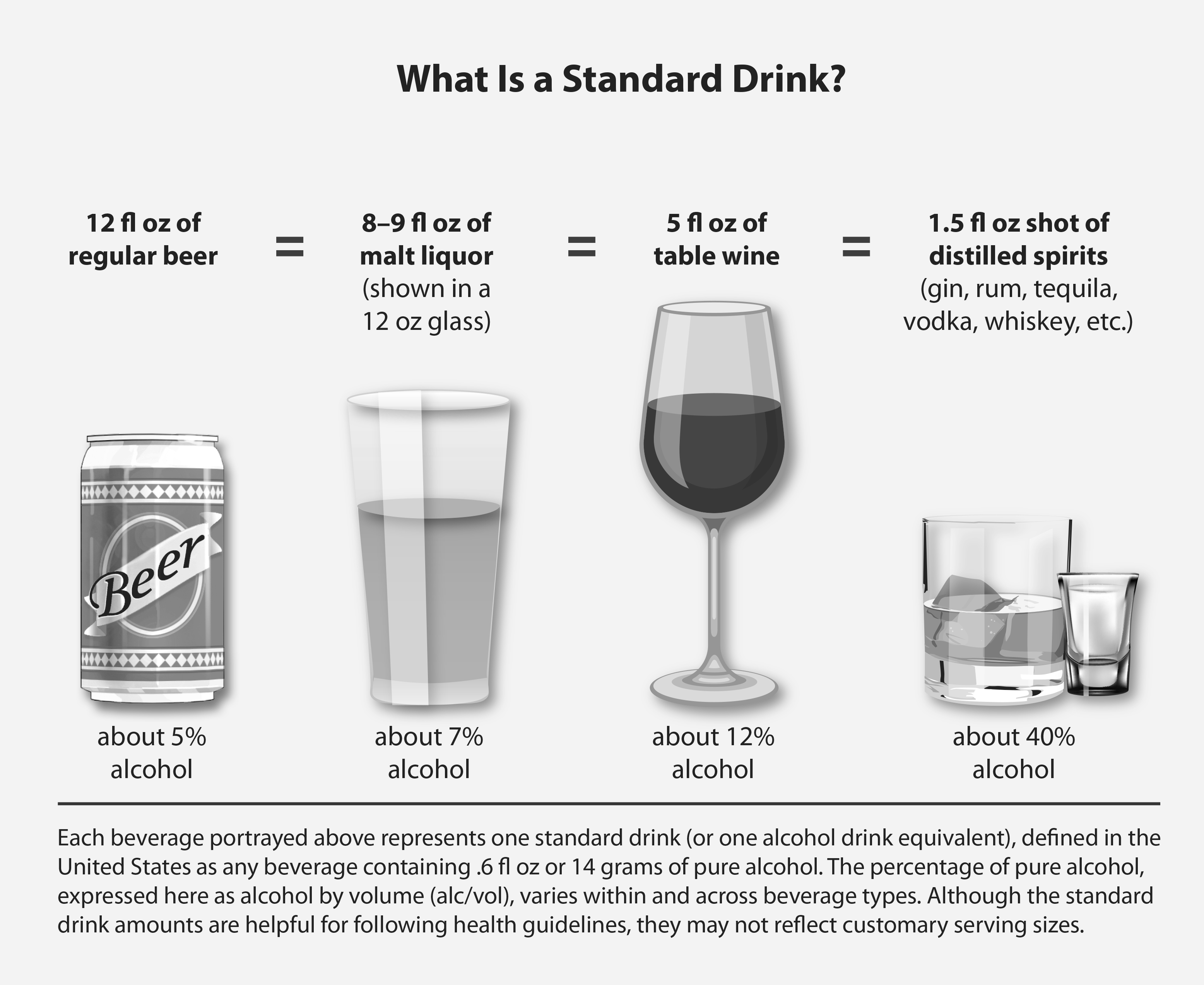Main Content
Not all UW Tacoma students choose to drink or use drugs, but for those who choose to, we just want you to be safe.
Recreational drug use and its potential for harmful effects is a reality that UW Tacoma recognizes through harm reduction. Harm reduction accepts that licit and illicit drug use is part of our world and chooses to minimize the harmful effects rather than ignore, condemn, or criminalize them. Practicing harm reduction when using alcohol and other drugs means choosing behaviors or habits that reduce the likelihood or seriousness of harm, and is a spectrum of prevention strategies ranging from abstinence to managed use. Harm Reduction as a model is rooted in personal autonomy, non-judgmental and non-coercive provision of services and resources, and centering voices and perspectives of people who use or have used drugs in harm reduction resources, programs, and policies.
On this page you will find helpful harm reduction information by drug, strategies to reduce the risk of negative outcomes if you choose to use, and resources to get help. Keep in mind that because cannabis is still illegal federally, per the Drug-Free Schools and Communities Act, cannabis use, possession and public use remain illegal regardless of age on all UW Tacoma property, including in Court 17.
2024-2025 DFSCA Student Annual Notification
Understand your use with e-Checkup To Go
e-Checkup To Go is an effective, evidence-based program that is recognized as a best practice in helping people assess where they're at with their alcohol or cannabis use, and what harm reduction strategies they could use to make positive, healthy, and achievable lifestyle changes to support their personal goals. Take the first step by taking this brief, anonymous, web-based alcohol and/or cannabis screening and get personalized feedback on your drinking/use patterns.

True or False? Hover over the cards below to play!
True or False?
More students at UWT choose not to drink compared to students nationally.
True!
34% of UWT students reported they’ve never had alcohol before. This number is 10% higher than the national average for student alcohol use. *
True or False?
For those that do choose to drink, UW Tacoma students drink a lot when they party.
False!
Most UWT students (85%) reported they drank responsibly the last time they partied, having 0-4 standard drinks over the duration of the party. Average student blood alcohol concentration was very low, at .03%. *
True or False?
Everyone at UW Tacoma smokes weed – it’s the norm!
False!
Over half (54%) of UWT students reported they’ve never used cannabis, and less than a quarter of students reported using cannabis in the last month. Not everyone chooses to use cannabis. *
* Based on data from the 2023 UW Tacoma National College Health Assessment.
Alcohol Safety
Use Standard Drink Measurements to Keep Track
If you choose to drink, consider keeping track of the number of drinks you consume using the standard drink measurement. Standard drinks help you keep track of how much pure alcohol you’ve consumed across different alcoholic beverages, and how intoxicated you become. One standard drink contains approximately 14 grams of pure alcohol. This means that a 12-ounce beer, 5 ounces of wine, and 1.5-ounces of 80 proof liquor have the same amount of pure alcohol.
Remember one cup or one container of alcohol does not equal “one” drink. For example, an 18-ounce red cup of beer is actually 1.5 standard drinks, a mixed drink with three shots is actually 3 standard drinks, and a cup of the “mystery punch” in the corner of a party is just that – a mystery – in terms of how many standard drinks it contains.
Using standard drink measurements to keep track of how much pure alcohol we consume and therefore how intoxicated we become if we choose to drink can be an effective strategy for reducing risk of negative outcomes and alcohol related harm.
Blood Alcohol Concentration
Each standard drink consumed increases our blood alcohol concentration, or BAC, by about .02-.04, depending on weight and sex at birth. For example, if a person weighing 120 pounds drinks the same amount of alcohol as a person weighing 220 pounds, the person weighing less will become intoxicated more quickly than the person weighing more. Additionally, females make less of the enzyme that breaks down alcohol in the stomach when it is consumed, which means that more alcohol is absorbed into the blood and increases BAC more quickly compared to males. The legal limit to drive is .08 BAC.
Alcohol Poisoning
Alcohol poisoning is a medical emergency and can occur when people drink too much alcohol too fast, and their bodies aren’t able to keep up with the toxic levels of alcohol and begins to shut down. This is considered an alcohol overdose. If any one of these signs are present, someone could be experiencing alcohol poisoning, a life-threatening medical emergency.
- If the person is unconscious and cannot be awoken.
- If their skin is cold clammy, pale or bluish in color.
- If their breathing is slow or irregular, less than one breath every ten seconds.
- If they have vomited while passed out.
If one or more of these signs are present, take the following emergency response steps:
- Call 911 or delegate someone to call.
- Turn the person onto their side in the “recovery position.” Start with the person lying flat on their back. Put one arm over the person’s head, and lift the opposite knee up, making the shape of a flamingo's legs. Place the opposite elbow on chest, roll to one side. With the knee and elbows serving as kickstand, tuck other hand under chin.
- If breathing stops, perform CPR or find someone who knows how.
- Do not leave the person alone. Wait with the person for first responders to arrive.
Good Samaritan Law & Amnesty
Washington’s Good Samaritan Law encourages you to get emergency medical assistance for another person without worrying about getting yourself or that person in trouble. When you call 911 for emergency medical attention related to drug use and/or overdose for someone else, both you and the person you are calling about are immune from drug possession charges. This is true for alcohol and all other drugs, and for those who are under and over the age of 21.
UW Tacoma also takes steps to mitigate barriers to students being active bystanders for fear of consequences of alcohol or drug possession or use. Students who, while in the course of helping another student seek medical assistance, admits to the unlawful possession or use of alcohol or drugs, provided that the possession was for personal consumption and the use did not place the health or safety of any other person at risk, may not experience formal alcohol and drug violation sanctions from UW Tacoma.
When in doubt call for help.
The Recovery Position


Safer Drinking Strategies
Reduce your risk of negative outcomes and alcohol related harm if you choose to drink.
- Choose not to drink alcohol
- Stay with the same group of friends the entire time
- Eat before or during drinking
- Keeping track of drinks consumed
- Stick with one type of alcohol
- Determine in advance not to exceed set number of drinks
- Have a friend let you know when you have had enough
- Alternate non-alcoholic with alcoholic beverages
- Avoid drinking games
- Avoid mixing alcohol with other drugs, including cannabis
Cannabis Safety
Consider these strategies to reduce your risk of negative outcomes if you choose to use cannabis.
- Choose not to use
- Don’t mix with alcohol or any other substance
- Avoid sharing joints or bongs
- Use only in a safe place
- Choose lower THC products
- Don’t use synthetics
- Avoid deep inhalation if smoking
- Buy less so you use less
- Avoid use the day or night before an important or new challenge
- Avoid driving at least 5 hours after smoking, longer after edibles
- Do not vape cannabis
- Do not use where cannabis is illegal
- Avoid self-medicating with cannabis
- Purchase only through an authorized dispensary
- Avoid use if you are pregnant
Nicotine, Tobacco, and Vaping Safety & Cessation
Nicotine is a highly addictive stimulant drug found naturally in tobacco plants. With recurring use of tobacco in any form (smoking, vaping, chewing, etc.), a person can become addicted to nicotine as well experience an increased exposure to a number of chemicals that can lead to cancer and disease.
It’s never too late to quit or cut back on nicotine. Quitting and staying quit is possible, and support and resources are available to Washington State and Pierce County residents. Get help with the Washington State Quitline.
Resources for Quitting or Cutting Back

Safer Opioid Use
Opioids are a class of drugs designed to reduce pain. Common types of opioids are oxycodone (OxyContin), hydrocodone (Vicodin), morphine, and methadone. Fentanyl is a synthetic opioid and considerably more powerful than other opioids, and is recognized as a leading cause of the ongoing Opioid Overdose Epidemic.
Opioid Overdose can happen fast. If any one of these signs are present, call 911 and administer NARCAN/Naloxone:
- Small, constricted “pinpoint pupils”
- Unusual and heavy sleepiness or unresponsiveness
- Slow, shallow, or absent breathing
- Choking or gurgling sounds
- Limp body
- Skin feels clammy and cold
- Pale, blue, gray, or cold nails, lips or fingertips
Naloxone is a drug that can reverse an opioid overdose. NARCAN is a brand name medication of a single dose of Naloxone, set up as a nasal spray, intended to help rapidly reverse an opioid overdose.
NARCAN was designed for people with no medical training. NARCAN is easy to use, safe to use even if opioids are not present (if you are unsure an opioid overdose is happening), works nearly instantly, and is available over the counter.
Review the directions for NARCAN use from the manufacturer.
- NARCAN Directions
- NARCAN Nasal Spray Fact Sheet
- Call 911 immediately after administering NARCAN.
NARCAN is available for anyone at UW Tacoma. Complete this form to access NARCAN and answer a few questions that help us monitor the level of need in our campus community.
NARCAN is also available:
- Over the counter at most pharmacies
- At the City of Tacoma Fire Department
- Through the Tacoma Needle Exchange (Dave Purchase Project)
- At south entrance of the Tacoma-Pierce County Health Department (Monday-Friday, 8:00am-noon).
- At the Moore Library (215 S. 56th Street) of the Tacoma Public Library
- Via the USPS mail to your home from the WA Dept of Health.
Safer Opiod Use Strategies
- Use slowly and use less.
- Try snorting or smoking instead of injecting.
- Space out doses.
- Practice extra caution when using alone.
- Use around other people that you trust, and stagger use of those in the group.
- Use fentanyl test strips.
- Always carry naloxone and know how to use it.
- Listen to your body.
- Use needle exchanges.
Campus & Community Resources
Check In WA
Check In WA is an anonymous program designed to be a personal, self-check in for young adults. The program helps you to reflect on how you are feeling and provides tips for managing stress and substance use, and improving overall well-being. Customized resources are included.
Developed by the University of Washington.
UW Tacoma Psychological & Wellness Services
Provides alcohol and drug screenings and referrals to community support and services.
Stopoverdose.org
Stopoverdose.org is a harm reduction resource by the UW Addictions, Drug & Alcohol Institute.
1-866-789-1511 / TTY 206-461-3219
The Washington Recovery Help Line is an anonymous, confidential 24-hour help line for Washington State residents experiencing a substance use disorder, problem gambling, and/or a mental health challenge. Our professionally-trained volunteers and staff provide emotional support and connect callers with local treatment resources or more community services.
The local Tacoma Pierce County Health Department lists substance use and mental health services and resources available to Pierce County residents.
Search by resource type to find alcohol and drug resources and services near you.
NARCAN is available for anyone at UW Tacoma. Complete this form to access NARCAN and answer a few questions that help us monitor the level of need in our campus community.

